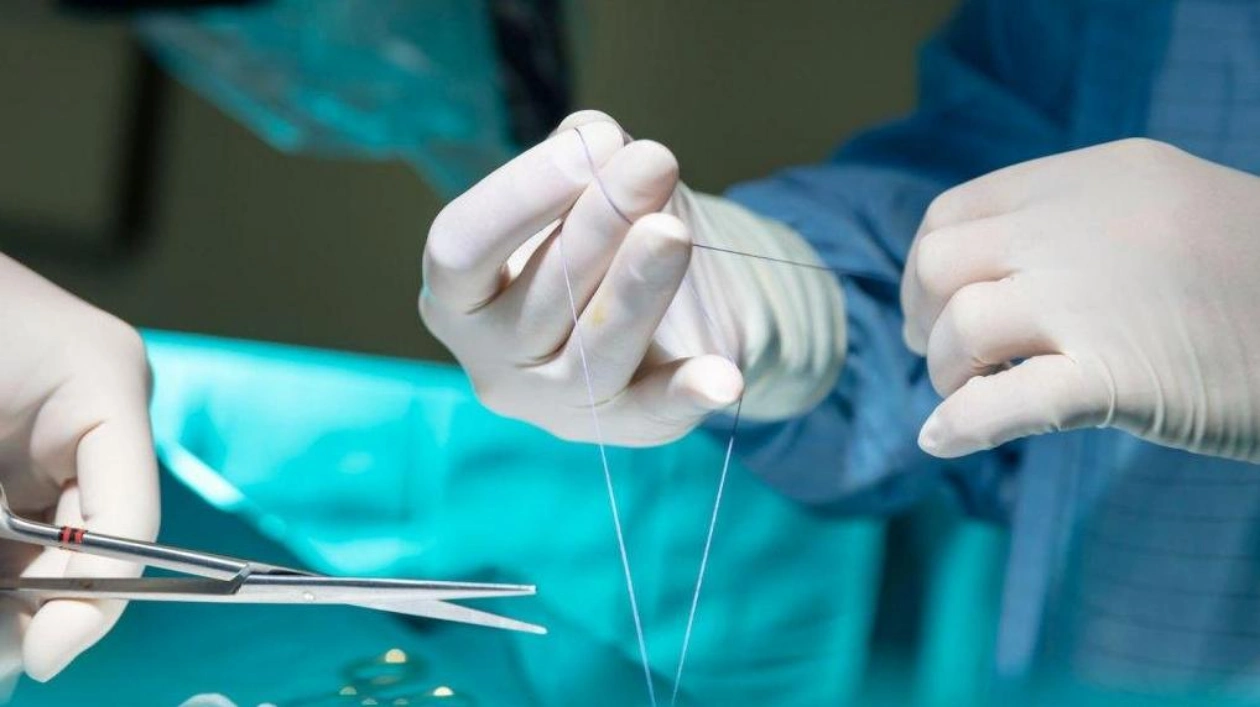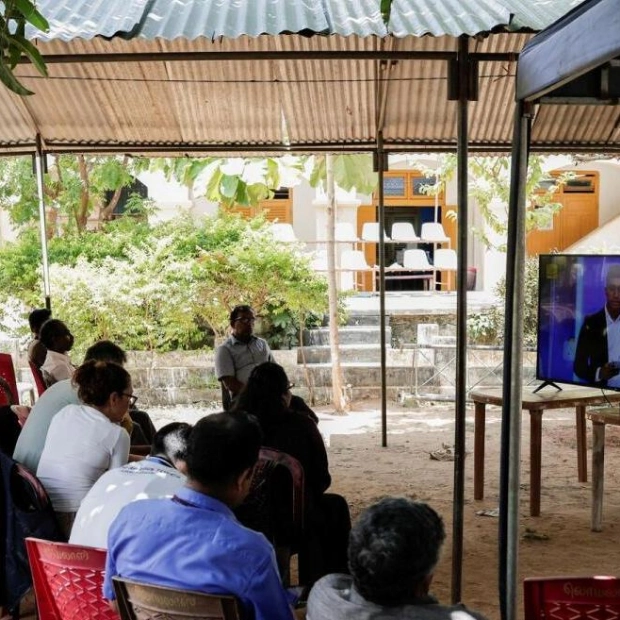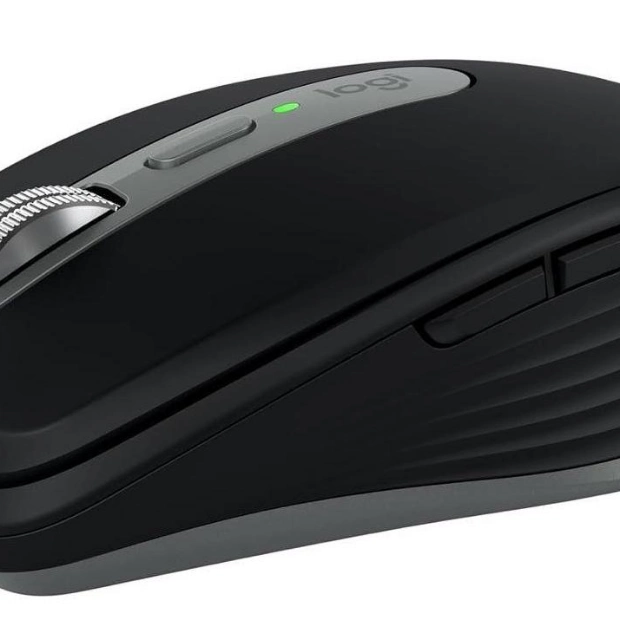Stitches are undergoing a remarkable transformation. In a groundbreaking experiment involving rats, a novel, robust, and flexible thread accelerates wound healing by converting muscle movement into electrical energy, as reported by researchers on October 8 in Nature Communications.
If this material proves safe for human use, it could revolutionize injury treatment, according to materials scientist Chengyi Hou of Donghua University in Shanghai. Previous methods of using electrical stimulation to expedite healing relied on cumbersome external batteries. In contrast, these new sutures harness the body's own energy.
The thread is crafted from biodegradable polymers and magnesium, a metal that the body can gradually absorb. As muscles contract and relax around the sutures, the middle layer of the thread interacts with the outer shell, transferring electrons and generating electricity.
Hou and his team applied this electrical stimulation to artificial wounds in laboratory settings. After just 24 hours, fibroblasts—essential for healing—reduced the wound area from 69 percent to 11 percent. In comparison, untreated wounds only decreased from 69 percent to 33 percent over the same period.
In a rat experiment, animals treated with the electrical sutures recovered more swiftly and were less prone to infections compared to those treated with traditional sutures or left untreated. Hou's team is now planning to test these sutures in larger animals.






